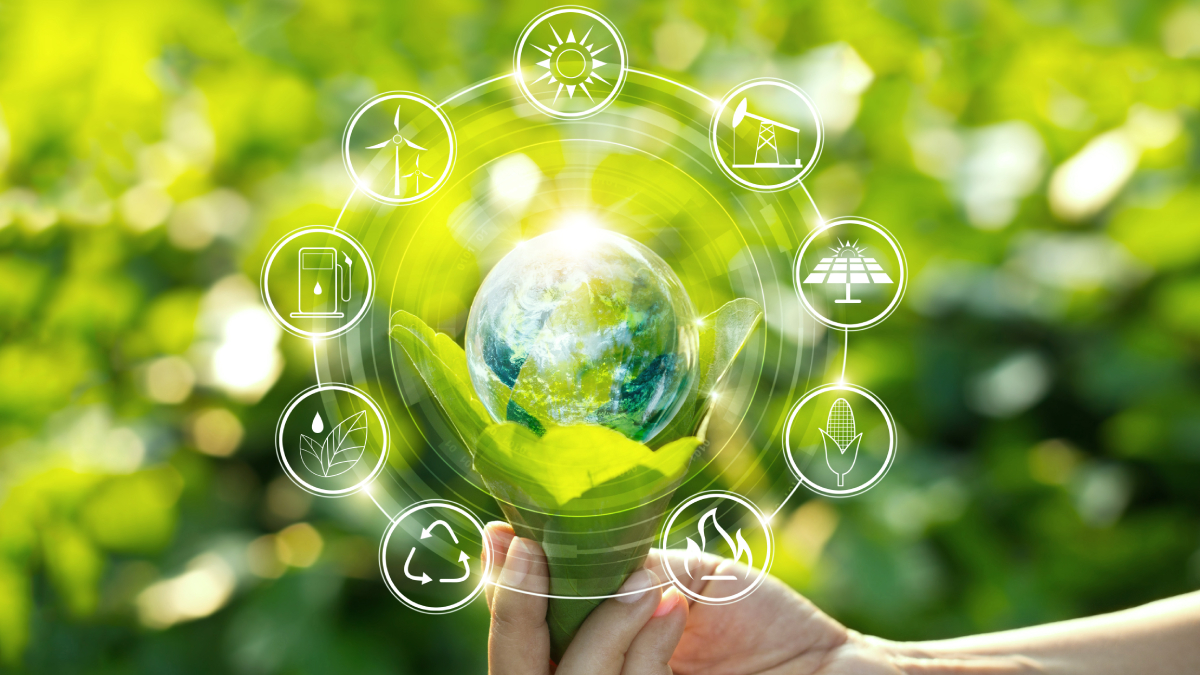Over the last two years, the demand for interconnected services has been sent into overdrive, with some data centre providers experiencing as much as a 60% increase in Internet traffic in comparison to pre-2020.
The growth in remote work and video conferencing alone has been enough to lead to record-breaking capacity increases for providers. In turn, the power we consume as an industry has skyrocketed.
All of this means sustainability now quite rightly sits at the top of the data centre industry’s agenda. Indeed, many data centre providers now use being ‘green’, as a competitive advantage, knowing that businesses in all industries are increasingly demanding sustainable partners.
However, despite positive work across the industry, there are still a number of issues to navigate if true sustainability is to be achieved. Without a uniform and consistent application of standardised measurements, claims of sustainability might be unsubstantiated or misinterpreted. And, whilst there have been plenty of impressive green initiatives by providers – such as 62% of Oracle’s data centre power certified as renewable; Google has been using 100% renewable energy since 2017; AWS has committed to be using 80% renewable energy by 2024, 100% by 2030 (potentially as early as 2025) and to be net zero carbon by 2040; Microsoft has been carbon neutral since 2012 – the industry has also suffered from claims of ‘green washing’, where providers simply label existing products and services as sustainable and hope to enjoy the good PR as a result.
The key is a holistic approach which focuses on what we call the ‘three Rs’: Reliability, Resilience and Responsibility.
Ensure transparency and build trust
One of the primary challenges for data centre providers in their sustainability quest has been overcoming the issue of trust. Not a month passes without another company announcing plans for achieving carbon neutrality – and by this point, any provider not ‘on the road to net zero’ is firmly the exception. But in the wake of accusations of ‘green washing’ and ‘green hushing’ providers must do more than talk the talk – they must clearly demonstrate to users and customers that they’re keeping their sustainability promises.
One good way of being accountable is to obtain certifications, providing a third-party verification of sustainability credentials. Building Research Establishment’s Environmental Assessment Method (or BREEAM) and Leadership in Energy and Environmental Design (LEED) are both sustainability rating schemes for the built environment, which look at the lifecycle of a building, from the concept and design to construction, operation and maintenance.
Standards can also be helpful in the pursuit of transparency – specifically ISO 50001 for Energy Management and ISO 14001 for Environmental Management – providing a clear framework, allowing providers to thoroughly interrogate their effectiveness against green ambitions.
Obtaining certifications and meeting industry standards encourages providers to take a holistic approach to sustainability which considers the entire lifecycle of the facility – from construction, to operation and maintenance. And this, according to many experts, is vital if the industry is to achieve true sustainability.
There is also an increasing amount of collaboration in the industry, which is both driving sustainability initiatives and holding providers accountable for their actions. Virtus Data Centres is a signatory to the Climate Neutral Data Centre Pact, a group of data centre operators and trade associations across Europe that have committed to ensure data centres are climate neutral by 2030, in advance of the European Green Deal target of Europe being climate neutral by 2050.
Why responsibility, reliability and resilience go hand in hand
To achieve our green ambitions, it’s important that the entire lifecycle of a facility is considered, and the ability to prove credentials at every step of the way. But what about the imperative to marry sustainability goals with performance commitments?
Fortunately, these commitments are fundamentally entwined. A sustainable data centre is also likely to be a high performing and reliable facility. Renewable energy sources are fast becoming seen as more reliable than fossil fuels – not least, because renewable energy is not reliant on a single source, but from several – such as wind, solar, hydro and biomass. What’s more, free from the fluctuations of the international oil market, renewable energy is more resilient in cases of falling demand and economic decline – crucial as we traverse through an uncertain political and economic landscape.
Another great example of performance and sustainability being intrinsically linked is within the cooling of a data centre. There has been plenty of innovation happening in this arena, and the good news is that energy efficient methods of cooling – such as harnessing indirect adiabatic and evaporative cooling technology – are both more sustainable and more efficient than many older methods. There have however, also been efficiency improvements with older methods resulting in improved performance without the water consumption of adiabatic systems. This has led to the availability of solutions that are suitable for all climate regions around the globe.
The journey to sustainability isn’t easy and continues to develop, but there is plenty of good work already being done in the data centre industry to meet its collective sustainability obligations and there are significant benefits to be had for those who get it right. Sustainability efforts aren’t based entirely on corporate altruism or a sense of what’s morally right; they are also important for the bottom line. The short-term costs associated with sustainability initiatives can cause concern for providers, but one only needs to look at the potential cost savings of conducting a more sustainable and efficient business to see that long-term cost savings are certainly possible.


